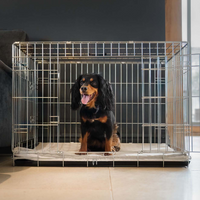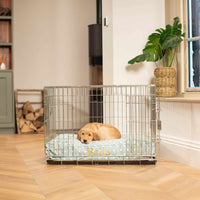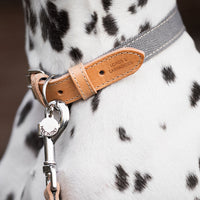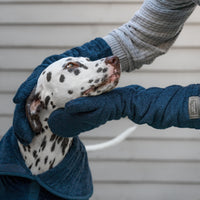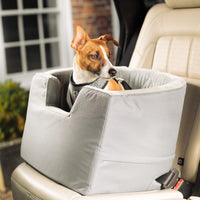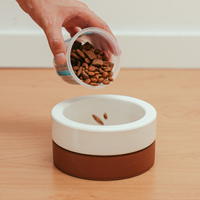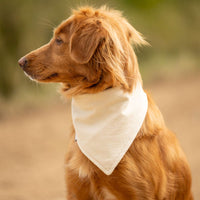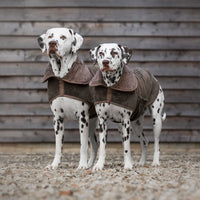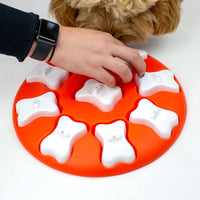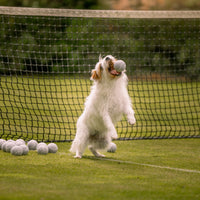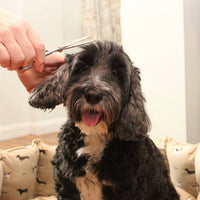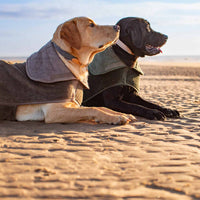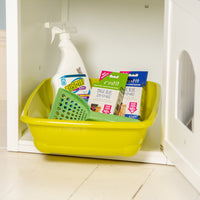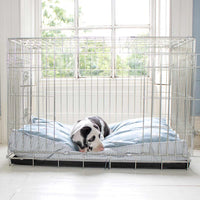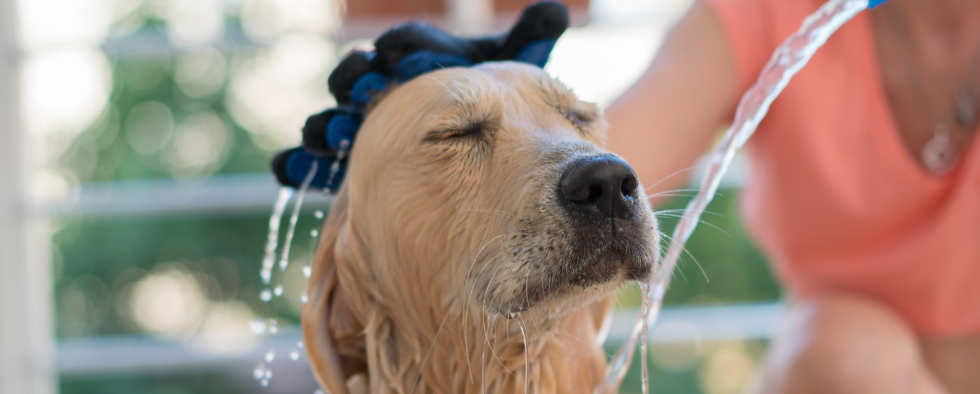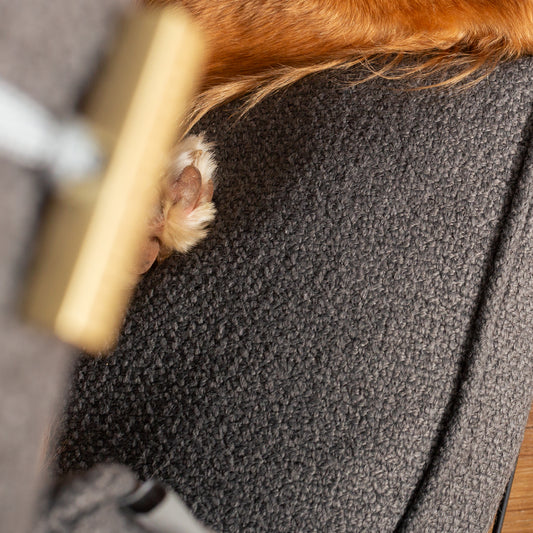Every season brings a set of challenges for dogs and their owners. Fluctuating temperatures and changeable weather can have an effect on various aspects of our lives. When it comes to dog grooming, you may well have a pretty set routine depending on the breed of your dog, but this routine may need to be adapted slightly as the seasons change.
With Summer on the horizon and temperatures rising, we thought we’d discuss our top dog grooming tips for the Summer months. There are a number of things to consider at this time of year, such as keeping your dog cool and keeping ticks and other insects at bay. Read on to find out more about adapting your grooming regime for the Summer.
Top Dog Grooming Tips For The Summer
1. Brushing your dog
It’s important to remember that our pets have inbuilt cooling systems. It may be tempting to clipper your dog, but this isn’t always necessary. You may think that shaving your dog will keep them cool, but unless your dog is used to being clipped it can actually cause discomfort and lead to skin problems. Instead, go for a nice trim and a good brushing routine to keep your dog’s coat Summer-ready.
Brushing your dog is good for them at all times of year, to help keep the coat tangle-free and glossy, but it’s essential during the warmer months when your dog will naturally shed more than usual. Using the correct tools and brushing well will help to remove any winter undercoat and prevent excessive moulting.
It’s important to do what is best for your particular breed of dog. If you have a particularly long-haired breed, then they will require extra care and attention. Consider speaking to your vet to see what they recommend or find a groomer who specialises in grooming your particular dog’s breed.
2. Keep your dog’s nails trimmed
Your dog will probably spend more time exploring and playing outside at this time of year. It’s essential that their nails are kept in tip-top condition so that they don’t overgrow. If left to grow too long, your dog’s nails can split and break which can be painful. Keep them neatly trimmed with a set of dog nail clippers and your pup can enjoy the Summer season without any paw problems.

3. Increase Bathing
Depending on the breed of your dog, you may wish to consider increasing the number of baths you give your dog. Baths can help to reduce shedding in the summer, helping to remove all the loose fur from their coat.
Regular bathing can also help reduce the risk of parasites. You could even consider switching to a flea and tick repelling pet shampoo to help keep pests at bay.
We love the PetPlex grooming range for bath time, they're formulated to a professional grooming standard and keep our dogs smelling fresh for days.
If you do increase the number of bath-times just keep an eye on your dog’s skin and coat condition. You don’t want to over-groom and risk drying out the skin or coat. Consider applying a skin soothing balm after baths to keep the skin nourished and supple.

4. Keep an eye on your dog’s ears
Many dogs like to take a dip in the heat, whether it’s a swim in the sea or a paddle in a cool stream. Wet ears can promote ear infections though, especially if your dog’s ears fold over. Always take care to dry your dog after a dip and try to keep the ear dry too. You could use an ear cleaner if you wish to help keep ear problems at bay. We’d suggest checking your dog’s ears at least once a week during the summer. Even if they haven’t been in water, sweat can build up in the ear which can pose a breeding ground for bacteria.
5. Keep an eye on your dog’s paw pads
Your dog’s paws are actually very sensitive and ensuring they stay healthy is a must. Paw pads can really suffer in Summer due to hot pavements. It’s essential that you check the temperature of footpaths before you take your pup for a walk to make sure it is safe. Hot concrete can be really dangerous and can burn your dog’s paw pads. On top of this, keep your dog’s paws well-conditioned to help stop them cracking - you could ask your dog’s professional groomer to pay particular attention to their feet during the summer months to help keep them in the best condition possible.
6. Consider applying sunscreen to your dog
Dogs, just like humans, can suffer from sunburn, especially those with white fur and short coats. Even longhaired breeds can catch the sun on sensitive areas such as their noses, ears or bellies. Consider applying to sunscreen to the sensitive parts of your dog that might get burnt. Ideally use a sun cream made especially for pets, or alternatively try a sunscreen for children and babies - if you go for the later, make sure it is pet safe though. Source a fragrance-free cream that doesn’t contain zinc oxide. If you’re not sure, consult your vet to see if they have any suitable recommendations.





